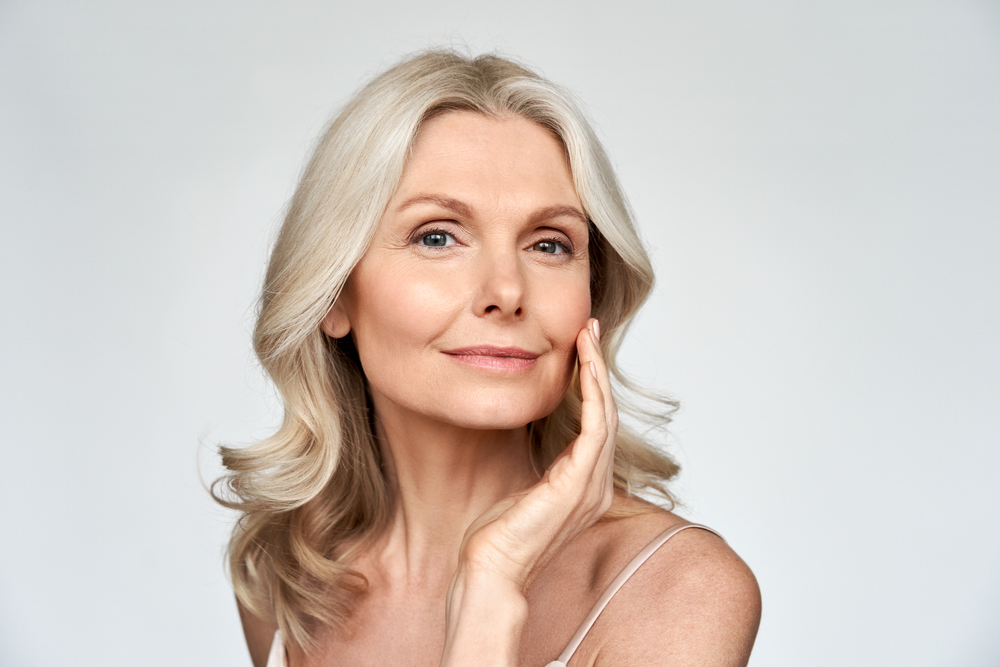Unmasking the Enigma of Botox: A Comprehensive Look into the Beauty Phenomenon
Botox, an injectable treatment derived from a toxin produced by the bacterium Clostridium botulinum, has become an unrivalled game-changer in the world of beauty and aesthetics. Initially, it was used in the medical field for conditions like chronic migraines and excessive sweating. However, its cosmetic applications, particularly in smoothing wrinkles and fine lines, have catapulted it into global popularity. Botox is now synonymous with non-surgical, minimally invasive treatments that offer temporary but effective solutions to age-related skin concerns.

The Historical Journey of Botox
The story of Botox began in the 1950s, when scientists discovered its potential for muscle relaxation. A few decades later, in the 1980s, Botox was approved by the FDA for treating specific medical conditions like strabismus (crossed eyes) and blepharospasm (uncontrolled blinking). Its cosmetic uses were serendipitous, discovered when patients reported fewer wrinkles after receiving treatment for these eye conditions.
The official approval for cosmetic use came in 2002, and since then, Botox has taken the beauty industry by storm. Today, it is the most performed non-surgical cosmetic treatment globally, with millions of procedures carried out annually.
The Science Behind Botox
The working principle of Botox is intriguing: it paralyzes the muscles. The botulinum toxin blocks the nerve signals responsible for muscle contraction, leading to temporary muscle relaxation. As a result, the skin surface becomes smoother, reducing the appearance of dynamic wrinkles - wrinkles that form due to repetitive muscle movements like frowning or squinting.
It’s important to note that Botox doesn’t permanently erase wrinkles or halt the aging process. It merely softens the signs of aging, offering a ‘refreshed’ look rather than a dramatic transformation. The effects last for about three to six months, after which, the muscles gradually regain their function, and the wrinkles reappear.
The Rise and Impact of Botox on Beauty Culture
The widespread acceptance of Botox has undoubtedly influenced our contemporary beauty culture. It has shifted the conversation around aging, allowing individuals to have more control over their appearance as they age. This control has been liberating for many, helping increase confidence and self-esteem. The rise of Botox has also lowered the psychological threshold for aesthetic procedures, as it’s seen as a less invasive and more acceptable practice.
However, the Botox boom has also sparked concerns about the increasing pressure to maintain a ‘youthful’ appearance and the potential for its misuse. These concerns underline the necessity of responsible use and ethical practices in the aesthetic industry.
The Reception and Future Trends of Botox
While Botox has been widely accepted in the beauty industry, it has not been without controversy. Critics argue that it promotes unrealistic beauty standards and can potentially lead to a ‘frozen’ or emotionless face due to muscle paralysis. However, when administered correctly and in moderation, Botox can yield natural-looking results.
The future of Botox appears bright. The demand for non-surgical aesthetic procedures continues to grow, with Botox leading the pack. Furthermore, new uses for the treatment are being discovered in both the medical and cosmetic fields. For instance, Botox is showing promise in treating conditions like depression and premature ejaculation, indicating its potential beyond just beauty.
Final Thoughts: The Botox Paradox
Botox presents a paradox. While it’s a toxin, it is also a powerful tool that can enhance physical appearance and improve various medical conditions. Its cosmetic use has sparked debates about beauty standards, aging, and the pursuit of eternal youth. Yet, it remains a popular choice for those seeking to combat signs of aging without resorting to surgery.
This duality makes Botox a fascinating part of our beauty landscape. It isn’t just a beauty treatment; it’s a cultural phenomenon that reflects our evolving perceptions of beauty, aging, and self-expression. As with any beauty procedure, it’s essential to make informed decisions and use it responsibly, always prioritizing health and well-being over aesthetic desires.
